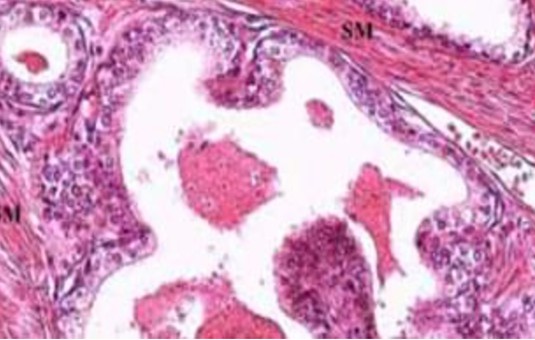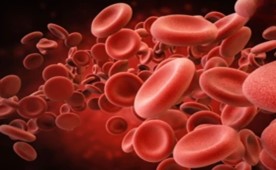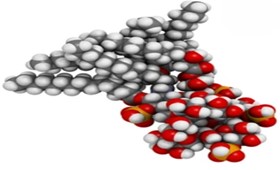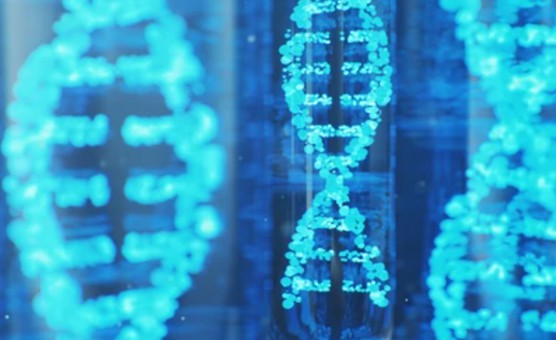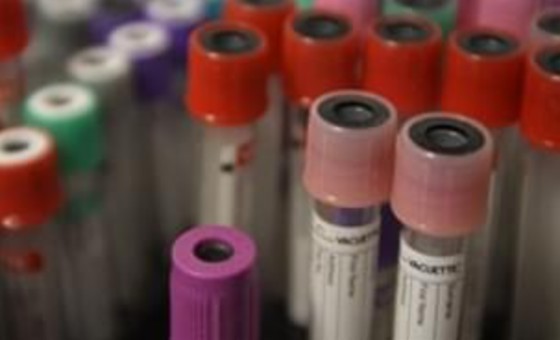Biospecimen Information Management Protocol
GUIDELINE
- Driven by advances in molecular technologies, information management is critical to the molecular epidemiology research enterprise.
- Collation and analysis of the data associated with the collected specimens that support biomedical research require robust interoperability to allow maximum usage of the collections.
- A major part of the integrated informatics system is support for biospecimen collection, shipping, processing, storage, inventory and retrieval processes.
METHODS
Specimen Tracking
- Biorepository information systems should support inventory functions by tracking all phases of sample acquisition, processing, handling, quality control and distribution from collection site (patient / subject) to utilization (researcher).
- The inventory tracking should include significant events, such as thaws, loss, depletion and destruction of specimens, whether intentional or accidental.
- Restocking of returned, unused samples from the researcher, if allowed per protocol, must also be documented.
- The system should also be able to track any pre-existing, external biospecimen identifiers, such as vial type, and notations from hand-written vial labels.

Specimen Annotation
- It is important to be able to maintain tight integration of the demographic and clinical annotation of biospecimens, whether the data resides within the same data system or in physically distinct systems.
- Some study collections may include data-use agreements that require specimens to be de-identified before release from the biorepository for analysis.
- During the study planning process, the rules that govern specimen access are key factors when considering the use of pre-collected biospecimens in a study.
Proper Packaging and Shipping
- Depending on whether they are known to contain infectious agents, and the intended analyses, specimen shipments may be regulated as infectious substances or as diagnostic specimens.
- Packaging materials and equipment are available to preserve specimens under ambient, refrigerated and frozen conditions, including liquid nitrogen dry shippers that can preserve specimens frozen at or below -150°C for up to several weeks.
NOTES
- Biorepository information systems can report available space in the repository and assign and reserve space for incoming specimens. The location of a specimen should be tracked, but should not be used as part of the identifier naming convention, as locations of specimens may change in time.
- Due to the irreplaceable nature of many specimens collected for molecular studies, it is critical to protect them from destruction due to electrical outages, equipment failures, and similar problems. The most important systems to have in place are electrical back-up generators and equipment alarms.
- Laboratories and biorepositories should assume that all human biospecimens are potentially infective and biohazardous. All biospecimens should be treated as biohazards. In addition to taking biosafety precautions, biorepositories should adhere to key principles of general laboratory safety.
RELATED PRODUCTS & SERVICES
Reference
- Vaught JB and Henderson MK. (2011). "Biological sample collection, processing, storage and information management." IARC Sci Publ. (163), 23-42.
